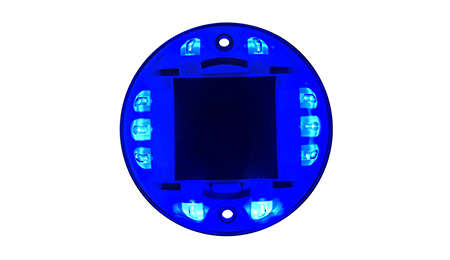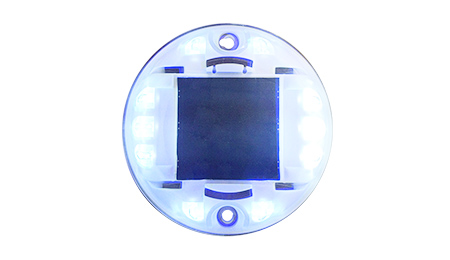Solar photovoltaic technology is getting cheaper, more efficient and more resilient all the time.
Solar cat eye road studs develop very fast. In France, the world’s first solar roadway, dubbed WattWay, opened in 2016. A project in Sandpoint, Idaho used 30 solar panels, each capable of generating 48 watts, for a total of about 1,440 kilowatts. But the project' s 2016 ribbon-cutting revealed that many of the panels weren' t working, and further reports indicate that the panels have' t generated nearly their stated nameplate capacity.
Solar Roadways' 2015 report of Department of Transportation noted that its panels used about one-third of the electricity they generate to power their built-in LEDs, and that its heating elements could consume its entire generation capacity. It doesn' t mention that snow would be covering the panels at the moments they’d be expected to generate their heat.
It also doesn' t mention that its solar power road stud markers installation would be sited in a public walking area, meaning that its panels haven' t yet faced the critical test for any would-be solar roadway: Can it be driven on? Can it replace
solar cat eye road studs someday?
Eric Weaver, research engineer at the Federal Highway Administration, told Greentech Media in 2014 that the biggest unknown was safety. Asphalt — tar and gravel, essentially — is well suited for giving rubber tires the traction they need to stay safely on the road. “We can’t say that it would be safe for roadway vehicular traffic" to replace that asphalt with silicon-coated solar panels, he noted.
Department of Transportation also hadn' t been able to field-test whether the panels could stand up under vehicular traffic, Weaver noted. "Further field-traffic evaluation is needed to determine safety and durability performance."

